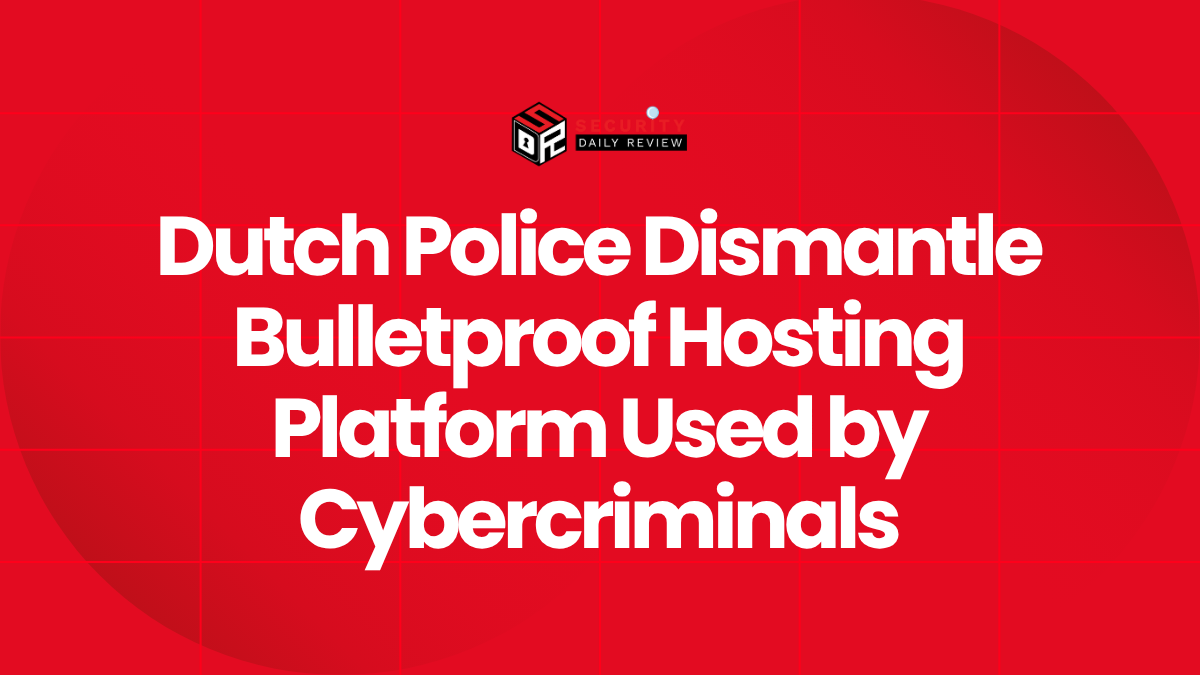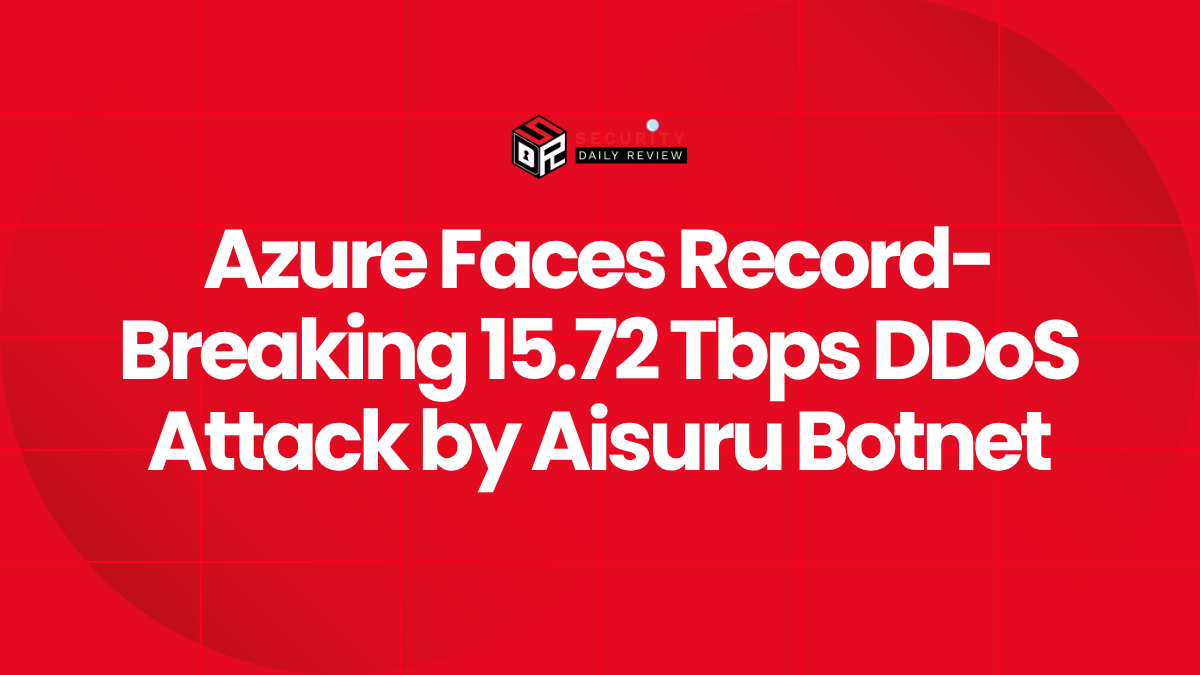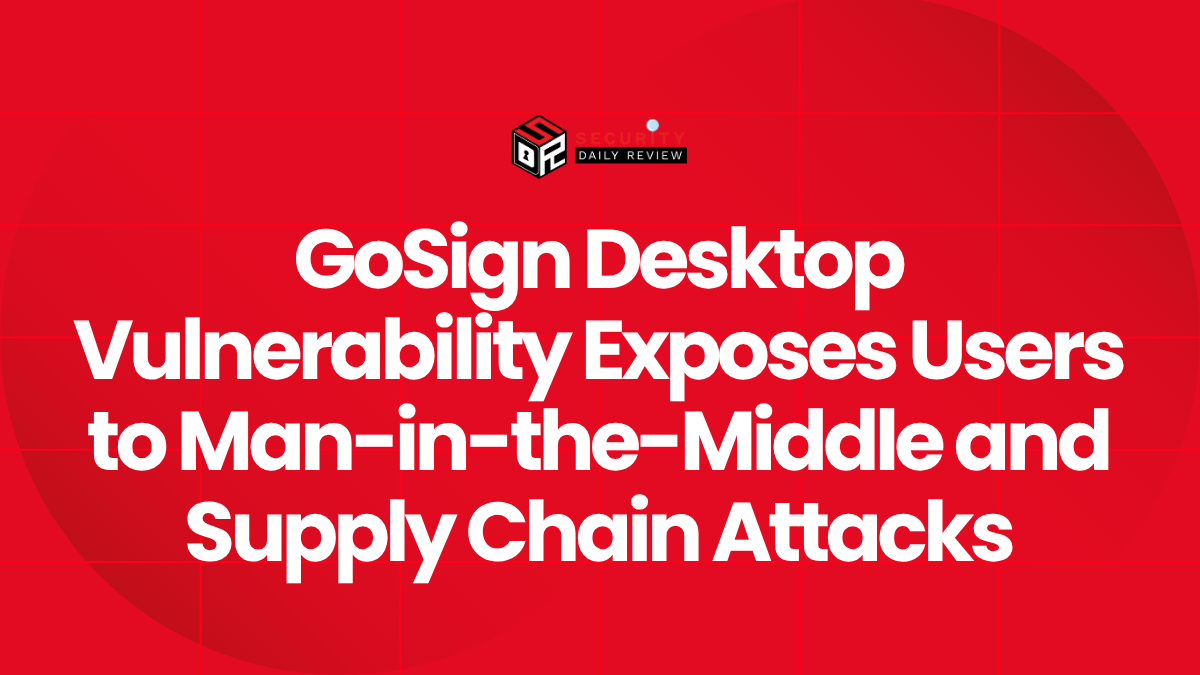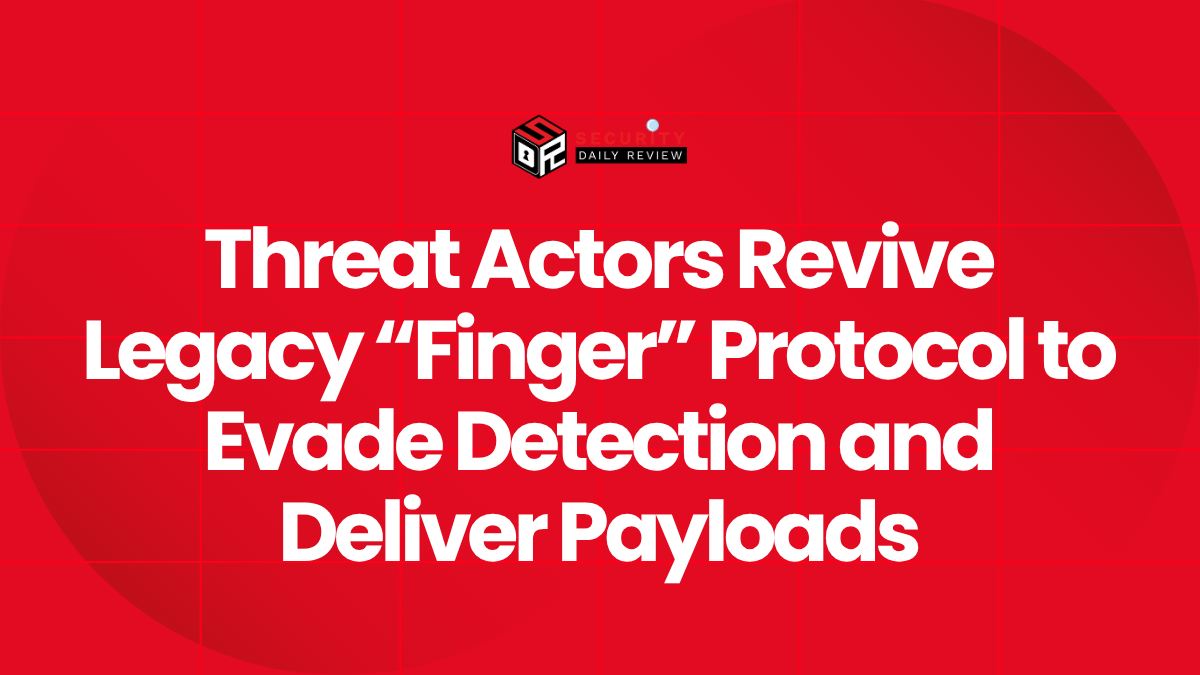A cyberattack targeting Princeton University on November 10, 2025, has resulted in the unauthorized access of a database containing sensitive personal information. The breach impacts a wide spectrum of individuals associated with the institution, including alumni, donors, faculty members, and current students. Princeton has confirmed the incident and launched a comprehensive investigation in cooperation with law enforcement authorities and cybersecurity experts.
Breach Impacts Multiple University Stakeholders
The cyberattack compromised a database maintained by Princeton University, which contained personally identifiable information (PII). This includes names, contact details, donation records, and other private academic or institutional information. Princeton became aware of the breach shortly after it occurred and has since taken steps to secure its systems and notify individuals potentially affected.
Scope of Exposed Information Continues to Emerge
The university has not yet disclosed the total number of affected individuals. However, the breach spans across several high-value stakeholder groups:
- Alumni with donation or contact records in the database
- Donors with financial and transactional data linked to the university
- Faculty and staff members with institutional records
- Current students, possibly including academic or financial aid data
This incident underscores the increasing trend of cybercriminals targeting educational institutions with ransomware and data exfiltration tactics, aiming to profit from the sale or extortion of stolen data.
Institutional Response Includes Notification, Investigation, and Remediation
In the immediate aftermath of detecting the intrusion, Princeton University initiated an incident response plan:
- The university engaged external cybersecurity forensics experts to determine the origin, method, and scope of the cyberattack.
- Law enforcement authorities were contacted for formal investigation procedures.
- Potentially impacted individuals are being notified as the investigation progresses.
- Security monitoring and protective controls across other university systems were increased.
Princeton emphasized that its priority remains safeguarding the community’s sensitive information and restoring trust among stakeholders.
Legal and Regulatory Implications Could Follow
Depending on the nature of the accessed data, this breach could trigger mandatory notification requirements under state and federal data protection regulations, including but not limited to:
- The Family Educational Rights and Privacy Act (FERPA) governing student records
- State-specific consumer protection and breach notification laws
The university may face inquiries regarding the adequacy of its previous cybersecurity controls and its resilience practices related to database access security, encryption, and endpoint protection.
Educational Institutions Remain Attractive Targets for Threat Actors
Universities hold large volumes of academic, financial, and personal data across decentralized systems, making them optimal targets for cyberattacks. In recent years, institutions across the U.S. and abroad have faced increasing threats from ransomware operators and other criminal groups.
Cybersecurity Practices in Higher Education Face Scrutiny
The Princeton breach highlights common security challenges faced by the higher education sector, such as:
- Legacy systems with weak access controls
- Inconsistent patch management practices
- Limited IT security budgets compared to corporate counterparts
- High user turnover among students and faculty, complicating identity and access management
Cybersecurity experts frequently urge academic institutions to invest in proactive security controls like zero-trust architectures, multi-factor authentication (MFA), encryption of data at rest and in transit, and robust staff training on phishing and social engineering threats.
Transparent Communication and Future Protections Are Essential
Princeton has pledged to maintain transparent communication with the public and those affected. They are expected to offer protective services such as credit monitoring and identity theft protection, which have become standard post-breach remediation procedures.
The incident serves as a powerful reminder for all educational entities to assess their cyber risk posture continuously. With academic institutions becoming consistent targets for threat actors, especially in ransomware and data breach campaigns, proactive cybersecurity strategy adoption is no longer optional—it’s essential for trust and continuity.
As the investigation unfolds, more specific details about the cause, threat actor involvement, and data types exposed may emerge. In the meantime, followers of higher education cybersecurity developments will monitor how Princeton University addresses these ongoing challenges and strengthens its defenses moving forward.









